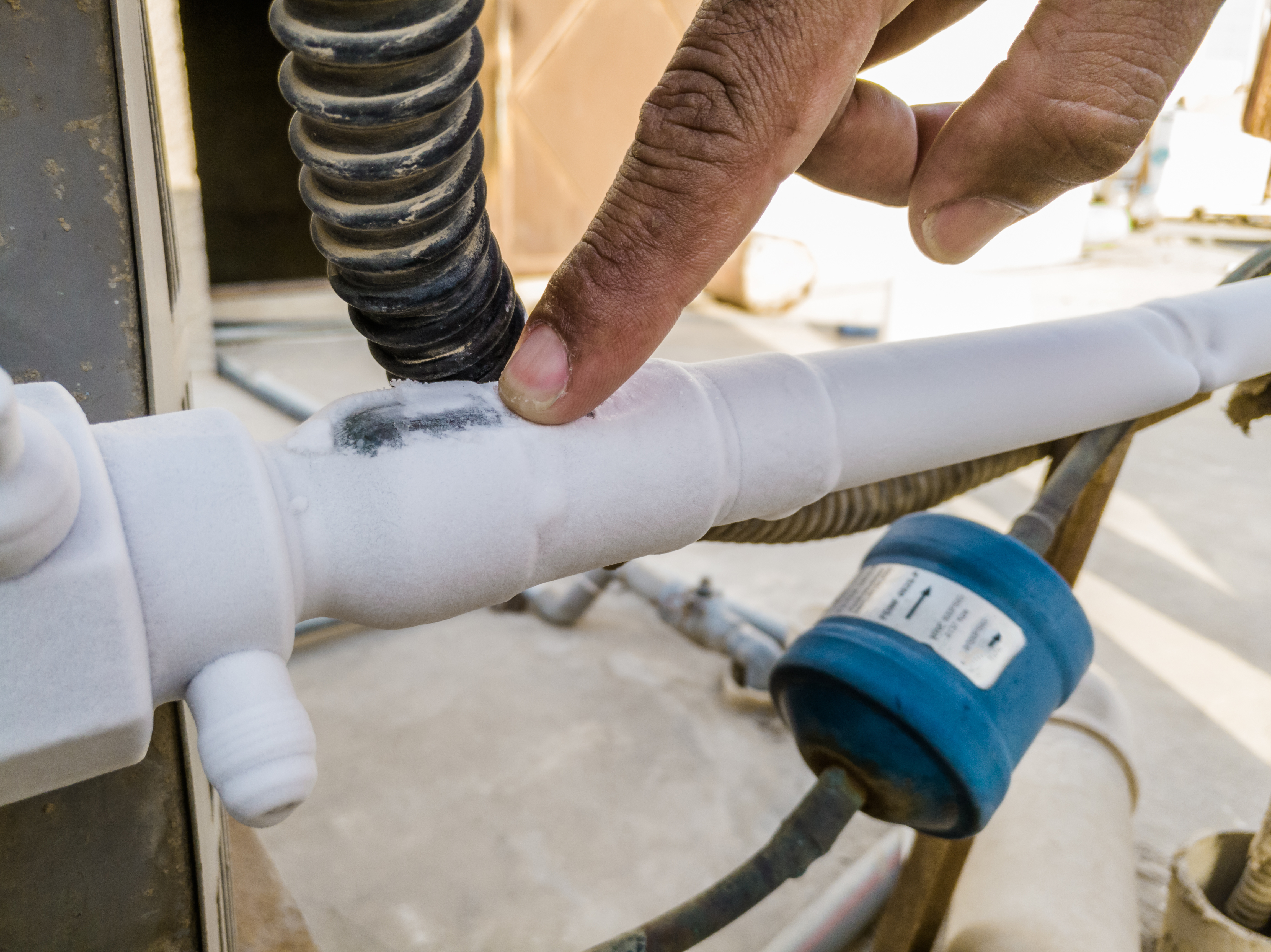
The hazards of winter are just beginning and that means frozen pipes are a definite possibility. Follow this guide to safely thaw frozen pipes and learn how to prevent them from freezing again!
Prep work
Before you can attempt to thaw your frozen pipe the first step you need to do is open your faucet. It is crucial that you open the faucet that the frozen pipe feeds water into, to relieve built up pressure. By turning on both the hot and cold water, pressure in the system will decrease and allow water to escape once the pipe begins to thaw.
As for where you should begin the thawing process, near the faucet is the best place to start. If you start the process closer to the freezing point, melted ice will have nowhere to go thus, increasing the possibility of the pipe bursting. Alternatively, if you start the thawing process closer to the faucet melted ice and steam can escape easier–this way there is no pressure added pressure on the blockage.
Methods
If the pipe that is frozen is in an easily accessible area, there are a couple of different methods to use to thaw it out. Here are a couple options:
- Hair Dryer – This is the easiest way to thaw a pipe and the most practical. Simply just plug in the hairdryer, turn it on and point the heat at the pipe. Keep in mind it is best to start thawing the pipe at the portion closet to the faucet.
- Space Heater – Another method similar to the first, is to use a space heater. Plug it in, turn it on and face it towards the frozen pipe. The indirect heat from the space heater can quickly thaw a pipe.
- Hot Towels – An option that doesn’t require a hair dryer or space heater is using hot towels. Soak towels in hot water and wrapping them around the frozen pipe can slowly thaw them out.
- Heating Cable – A final option is to use electrical heating tape. You can purchase two types of electrical heating tape at your local hardware store. One that you plug in and unplug manually, or one with an automatic shut off timer. By applying this tape directly to the pipe, it allows for the tape to distribute heat evenly throughout causing it to thaw.
If your frozen pipe isn’t accessible or is in a hard to reach area, there are three possible options for you. Those options are as follows:
- Turn the heat up – Turning the heat up in your home is a good way to try and thaw pipes you can’t see. Turning the thermostat up a couple degrees may be all you need for an ice blockage to melt.
- Infrared Lamps – If you do know where the blockage is but can’t see it, a good option to try is an infrared lamp. Placing the lamp in front of the location of the blockage will allow the heat to penetrate the wall and defrost the pipe.
- Cut out the wall – As a last resort you may have to cut out a section of your wall. Once the frozen pipe is exposed it will be much easier to thaw using the above methods.
Prevention
After having one frozen pipe experience, you certainly don’t want another one! Below are a few ways to prevent your pipes from becoming frozen again in the future:
- Open faucets that are connected to any vulnerable plumbing lines. This allow a small amount of water to trickle at night and reduces the risk of the stagnant water freezing.
- Open under-sink cabinets to allow warm air to circulate around the pipes.
- Never let the temperature in your home dip below 55 degrees–even if you’re leaving town.
Pipes Still Not Thawing?
If you try these tips and tricks but your pipes still won’t thaw, it sounds like you need Super Terry. Our experienced plumbers can make repairs and get your plumbing back up and running in no time. For more tips and tricks or to schedule an appointment for plumbing services, contact us today.
 (412) 364-9114
(412) 364-9114
